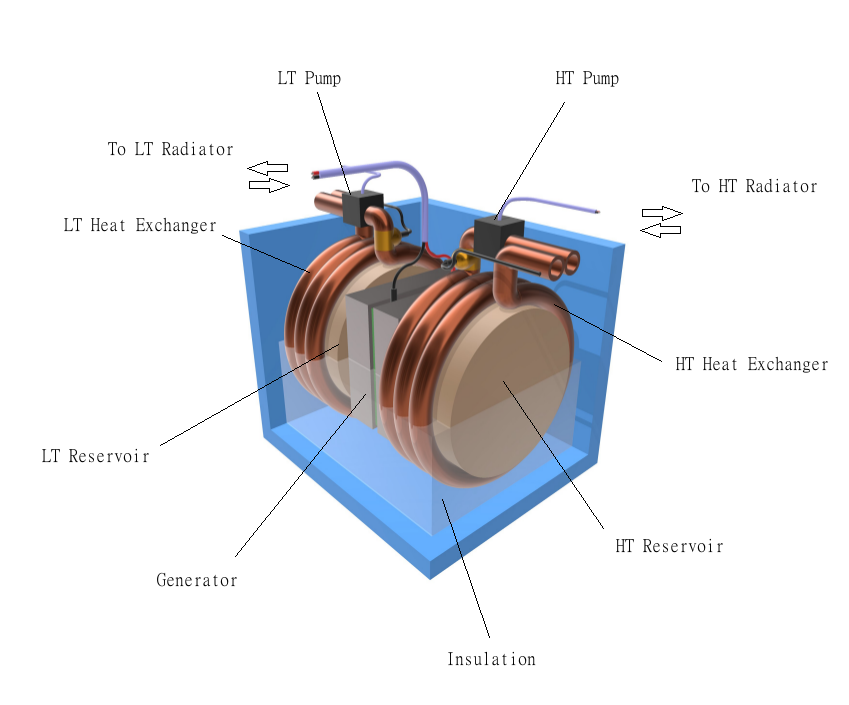To begin with: Happy Holidays to the Internet!
This has been a very long and stressful year for me, and I know I'm not alone in feeling that way. I'm generally the type of person who likes to keep to himself, and encourages others to do the same, but I also acknowledge there are a great many people out there who think their business is to know that of others. And this year marked a zenith of such people's power in American society.
Usually when I encounter stress, I retreat from public life, and immerse myself in whatever project I'm working on, and this year was no different. I chose to revive an old personal invention from the 2000s I had worked on intermittently, and which I tried and failed to patent in 2015, being rejected along what I saw as frivolous grounds. In line with this year's theme of peeping toms and corporate espionage though, someone with a greater penchant for fastidiousness seems to have learned of my work somewhere along the way, and beat me to the punch, as it were. They successfully patented my invention, and by my count have received several million dollars in capital investments. But none of that will prevent me from sharing my work publicly. I expect no fame nor riches to come of this disclosure, but simply want history to remember my contributions, however many or few, to humanity.
The invention is what I've come to call the Ambient Temperature Generator. It is designed to generate electricity consistently even on days when there is no sunshine, no wind, and no other conventional means of harnessing the powers of nature. It works by using two high-heat-capacity materials, called "reservoirs", in combination with two separate heat exchangers, each connected to a radiator, which disperses and/or collects heat from the atmosphere.
The reservoirs are thermally isolated from the outside world using insulation materials, allowing them to store heat indefinitely. When the ambient temperature exceeds that of the high-temperature reservoir, its radiator activates, elevating its temperature, and when the ambient temperature falls below that of the low-temperature reservoir, its radiator also activates, lowering its temperature.
Connecting the two reservoirs is a low-temperature-differential thermoelectric generator -- either a Carnot piston, a Peltier cell, or some as-yet undiscovered heat engine -- which converts the temperature differential between the two reservoirs into electricity at a rate proportional to the rate of heat transfer between them.
The reason why I was so hesitant to pursue this invention was because at the time the materials did not yet exist to make it economically feasible. But over the past 20 years new materials have been invented and commercialized, and the technology is beginning to look more promising.
The drawbacks of the design are its efficiency. While it's not a perpetual-motion machine, it requires a huge degree of thermal isolation and thermoelectric energy conversion rates to produce enough electricity to break even, much less be cost-competitive with other methods of power generation.
But if that hurdle can be overcome, the benefits are four-fold: First, electricity can be consistently generated in practically any environment, at any hour of the day or night. Second, the materials are relatively cheap compared to other forms of power generation, such as nuclear energy. Third, there is no pollution generated. And fourth, the lifespan of the power station would be on the order of decades, instead of years.
I have included a simple 3D model I made of one potential design for the generator. There are other concepts as well, but this version has proven most promising thus far given the materials currently available.
Anyways, this serves as my explanation for where I disappeared to throughout the latter half of 2018. If anyone reading this has any questions, I would be delighted to answer them in due course. Thank you for reading, and Happy New Year!

Add new comment